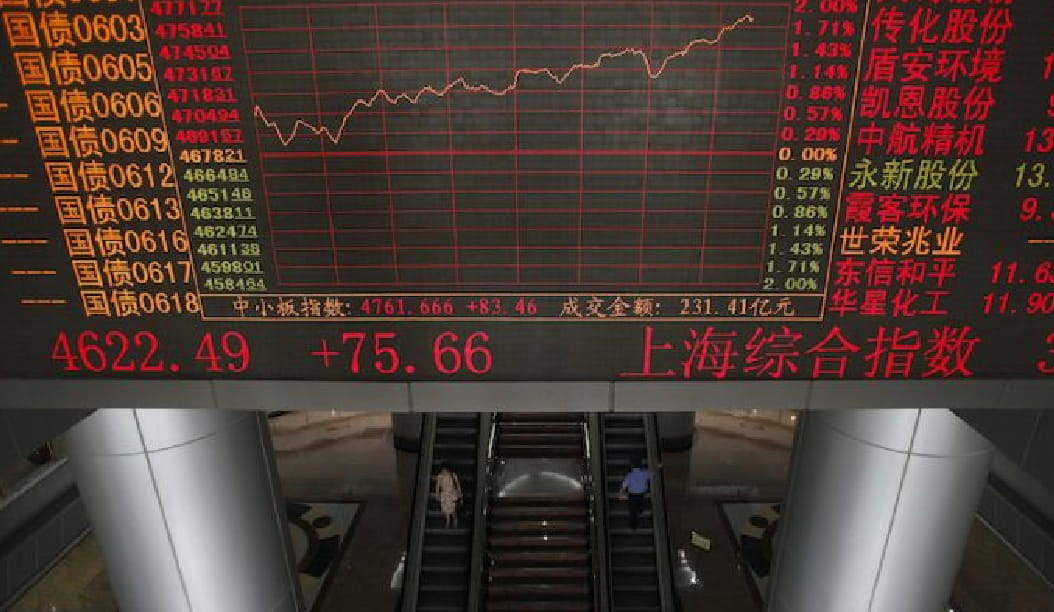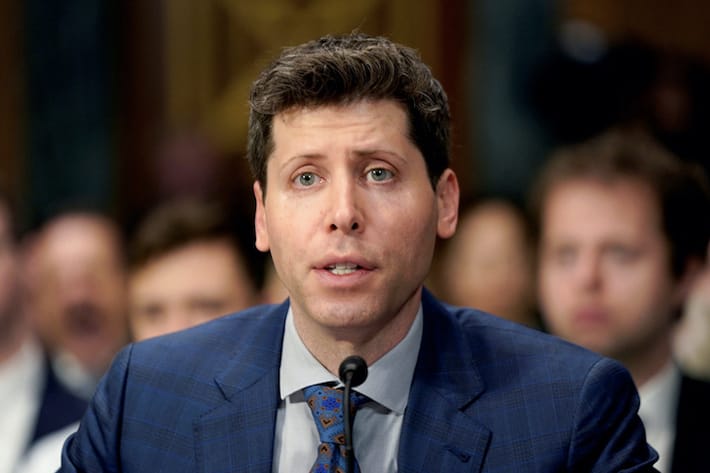- AF Weekly
- Posts
- How Real Is The India-China 'Partnership'?
How Real Is The India-China 'Partnership'?
When about five months ago Xi Jinping suggested China and India should engage in a "Dragon-Elephant tango", few would have expected to see the carefully orchestrated diplomacy that played out this week

Graphic by Aarushi Agrawal for Asia Financial
It’s been a wild week in diplomacy for Asia, in which two of the continent’s biggest rivals have done an about face on their years-long bitter history with glowing words of support and appreciation. And it is safe to say that not many would have seen China-India relations warming like this last year.
As it turns out, when the world’s biggest economy sets a wildfire under two ambitious nations… anything is possible.
For China and India that ‘anything’ spans everything from reopening trade, to pledges of economic support, and even, a vow to finally find a way out of the headlock of their border disputes. Just this week China has removed export restrictions it placed on the movement of rare earths to India. It has also lifted restrictions on exports of fertilisers — curbs that were giving sleepless nights to India’s more than 100 million farmers. On Thursday, it went a step ahead and claimed it will “firmly stand with India” because “silence only emboldens the bully”. It also declared the Chinese market open to all Indian products.
It’s hard to discount that these moves are convenient in the face of US President Donald Trump’s tariff onslaught, but it’s also hard to deny their diplomatic genius. If China seriously does open up its market to India, it would give the Narendra Modi-led government a viable reprieve from losing much of its access to the American market where it sold $86.51 billion worth of products last year. Indian officials say more than half of that trade — worth $48.2 billion — will be impacted by the potential 50% US tariffs that are set to take effect next week.
Which is why the importance of having a hedge against uncertain ties with the US is obviously not lost on India. That’s been evident from the Modi government’s responses to Chinese overtures. Modi met with China’s top envoy Wang Yi this week and shared enthusiastic praise of the progress they’ve made in their ties. This morning, India’s mostly nationalistic media carried China’s statement against US ‘bullying’ en-masse, with former ambassadors and army chiefs hailing the turnaround in ties. Beyond rhetoric, India is also contemplating firm steps to support its patch-up with China: relaxing visa restrictions for Chinese business professionals that could benefit firms like Xiaomi and BYD; restoring direct flights; and re-opening border trade. There’s also not been much concern about potential dumping from China, with one solar module maker saying better ties will actually strengthen raw material supply chains instead of hurting the domestic industry.
It’s worth noting here that Trump’s tariffs were not the trigger for the thaw in relations between the two Asian giants — they were merely an accelerant. It’s a process that began all the way back in 2022, two years after a brutal and deadly clash between soldiers from the two countries along a disputed Himalayan border. The 3,440 kilometre-long frontier has been a bone of contention between India and China for decades, with the two fighting a war over it back in 1962. India suffered a heavy defeat in that war.
Diplomatic efforts in 2022 led both sides to pledge for de-escalation, and it took them two years to put tensions to rest more firmly by reaching an agreement on how they will patrol five ‘buffer zones’ along the border. Two days after that agreement, Modi and Xi met on the sidelines of a BRICS summit in Russia, where the Indian prime minister said ties between the two countries were key to “global peace and stability”, and his Chinese counterpart said they could “facilitate each other’s pursuit of development”.
Despite their calls for cooperation, though, New Delhi chose to maintain a “cautious” approach, including by refusing to relent on Covid-era restrictions it had placed on Chinese investments in the country and other orders to block mobile apps like TikTok and Alibaba. And it’s very likely that India would have taken more time to warm up to China had it not been for Trump’s hard line on the country.
As things stand now, it appears unlikely that Trump will relent or that India’s Modi will return to his former diplomacy of hugs and glowing prose on friendship.
This week, for instance, White House press secretary Karoline Leavitt referred to the 25% additional levies on India as “sanctions” for buying Russian oil. India’s biggest English daily noted, that the use of the term evokes bitter memories for India from 1998, when the Bill Clinton-led US administration imposed sanctions against it for conducting nuclear tests.
“It took a hell of a lot of work by a hell of a lot of people in both countries” to overcome the bitterness from those sanctions, former US official Evan Feigenbaum noted early this month, citing his work under Clinton successor George W Bush’s administration. “Trump is now in the process of dismantling this painstakingly built relationship,” he said.
 |
 | That’s despite a new report this week from MIT that found that despite $30–40 billion of enterprise investment in generative AI, “95% of organizations are getting zero return.” |
 | And that report came in the backdrop of an unsettling admission from OpenAI chief Sam Altman: the AI market is indeed a ‘bubble’ that could soon burst. |
Breakthrough or gimmick?
As significant as the detente between India and China is, it is still very fragile with potential for sudden, dramatic twists — much like any tango worth its salt is.
Within days of their diplomatic orchestra, for instance, the two have already had an awkward moment on Taiwan. On Tuesday, after India’s foreign minister S Jaishankar met with his Chinese counterpart Wang, a Chinese handout quoted Jaishankar as saying that “Taiwan is part of China”. That would have been a break in India’s 17-year long silence on the issue, but almost immediately, its officials clarified that Jaishankar was ‘misquoted’ and that there was “no change” in its position on Taiwan.
On Thursday, China responded. “It appears that certain individuals in India are attempting to undermine China's sovereignty on the Taiwan issue and sabotage the improvement of China-India relations,” foreign ministry spokesperson Mao Ning told journalists in Beijing. “China is surprised by India's so-called clarification. This is inconsistent with the facts,” she added.
Beijing’s closeness with India’s bitter rival Pakistan is also likely to remain a thorn in their relations. China has supported Pakistan economically and militarily and has even voiced diplomatic support for the country during its recent tensions with India over a terror attack in Kashmir state. Plus, there’s also India’s growing ambition to become a global economic leader, which would put it in direct competition with China both economically and diplomatically. Another major point of uncertainty is how the two sides would handle a potential pushback from the US on their reinvigorated alliance. White House trade adviser Peter Navarro has already taken a shot at India saying “it’s cozying up to Xi Jinping”.
But perhaps, the truest indicator of whether this can become a true ‘partnership’ will lie in how the countries approach trade and investment.
India, for instance, has put in place strict restrictions on inflows of Chinese direct investment fearing the potential of an outsized influence of Beijing on its economy. Chinese FDI in India has declined from $96.4 million in 2020 to just $0.64 million in 2025, according to the Indian Council for Research on International Economic Relations (ICRIER). But according to India’s own official estimates, a change in policy is necessary. Last year, a national economic survey said it was necessary to direct Chinese FDI into the Indian manufacturing sector. A complete decoupling from Chinese supply chains will not be viable for India, it said. This week, ICRIER noted in a report that a change in Indian policy had already begun to take shape with Chinese investments and joint ventures “now receiving faster security clearances” from New Delhi.
Meanwhile, on China’s part, any seriousness on truly opening its market to Indian commodities will be seen in how it addresses the non-tariff barriers that have prevented Indian exporters from making any real headway in the country. The ICRIER report said that Indian exporters face a serious “lack of information on regulatory and documentary requirements” laid out by China. Language barriers and complicated compliance laws can rack up costs for Indian firms and exacerbate those challenges, it noted. A separate report by Carnegie India notes that Indian firms have also faced discriminatory criteria and bureaucratic hurdles in landing government procurement contracts.
With so much to hash out, it remains to be seen whether China and India’s ongoing diplomacy can stand the test of time. For now, though, India’s Modi is all set to visit China next week, where he and Xi will — no doubt — smile, shake hands and promise each other a bright future together.
Key Numbers 💣️

Sustain-It 🌿
Speaking of India, the country is back in the throes of climate change, where increasing incidences of ‘cloudbursts’ — or sudden downpours of rain — have killed hundreds of people in the flash floods and landslides they triggered. India’s neighbour Pakistan has also seen heavy losses from the rain as the monsoon, which originates in the Bay of Bengal and then sweeps westwards across northern India to Pakistan every summer, has brought deadly cloudbursts. Weather studies say cloudbursts typically occur in South Asia when warm, monsoon winds, laden with moisture, meet the cold mountain air in the north of India and Pakistan, causing condensation. With a warming planet, the monsoon has hotter air, which can carry more moisture. In South Asia, the current monsoon season has so far seen at least four major deadly cloudbursts.
The Big Quote
“As India’s relations with [the] US, its most consequential partner, enter a difficult period, China is beginning to look better than at any time in the previous five years”
Also On Our Radar
China is pressing on its solar panel makers to reform the sector and end the dramatic losses companies are suffering. Its number one goal is for solar companies to cut their overcapacity.
Nvidia CEO Jensen Huang has flown to Taipei to visit TSMC, his chip foundry partner, as speculation builds that the chip designer is working on a new AI chip for the China market.
SoftBank founder Masayoshi Son is backing his long-time ally Lip-Bu Tan — now Intel CEO — with a $2 billion share investment.
And China Evergrande – the poster child of China’s ludicrous real estate frenzy – is set to crash and burn as it faces delisting from the Hong Kong Stock Exchange on Monday.